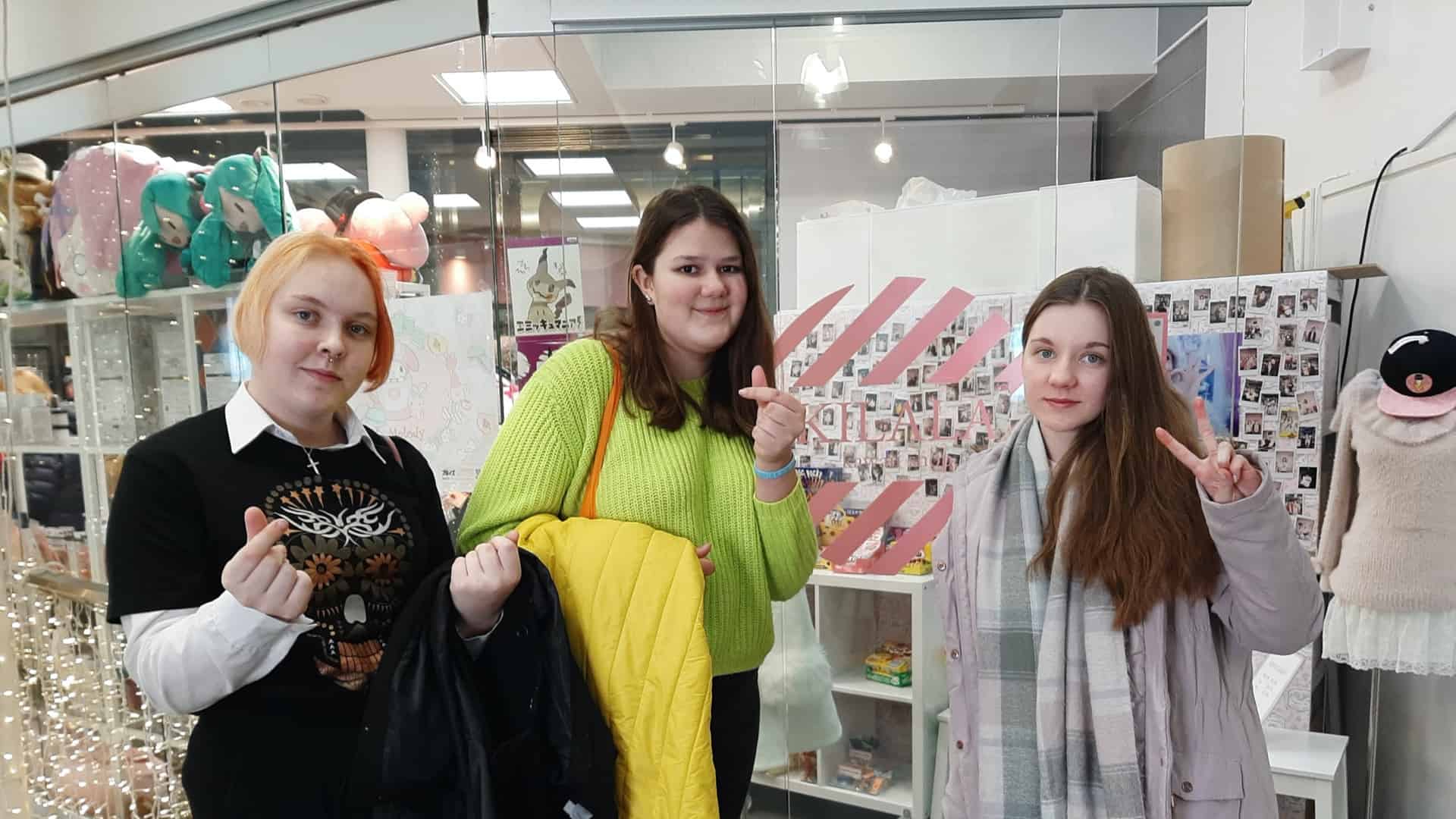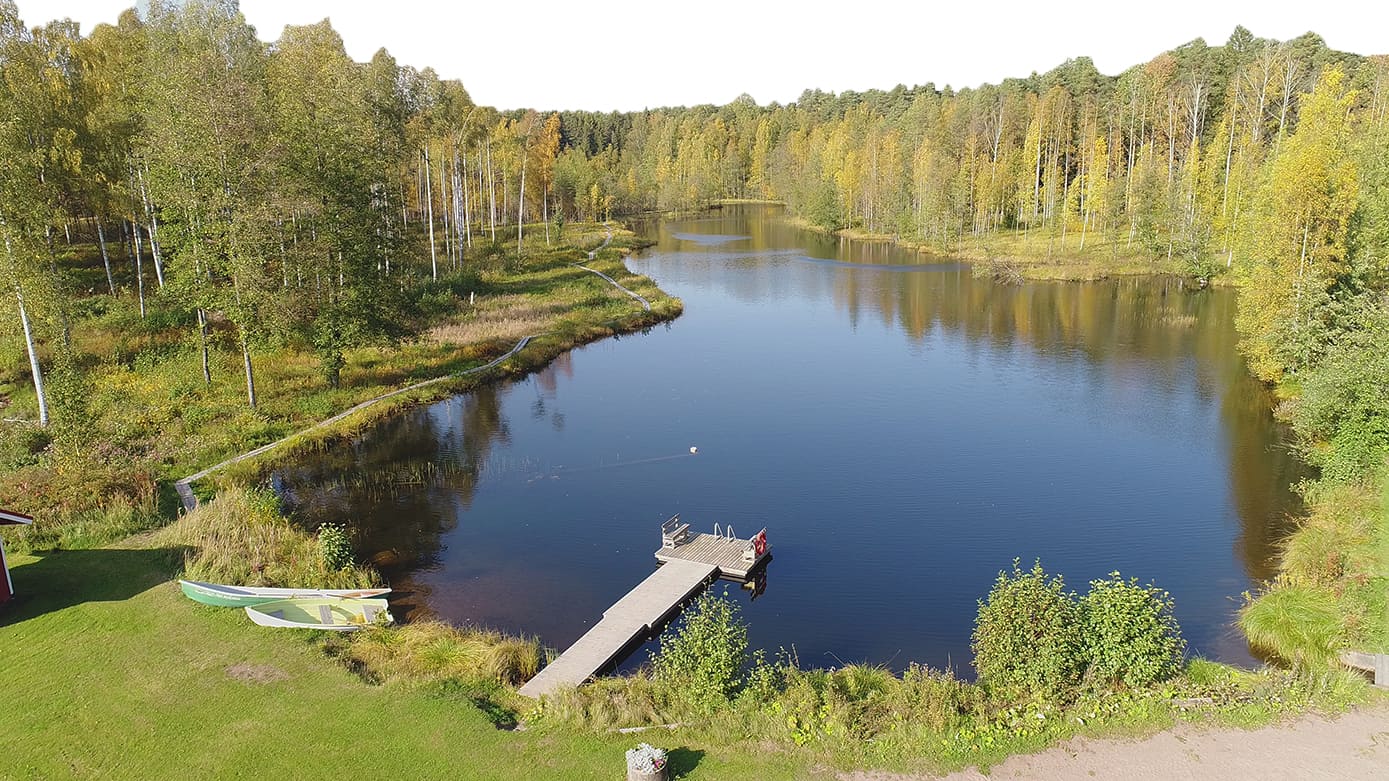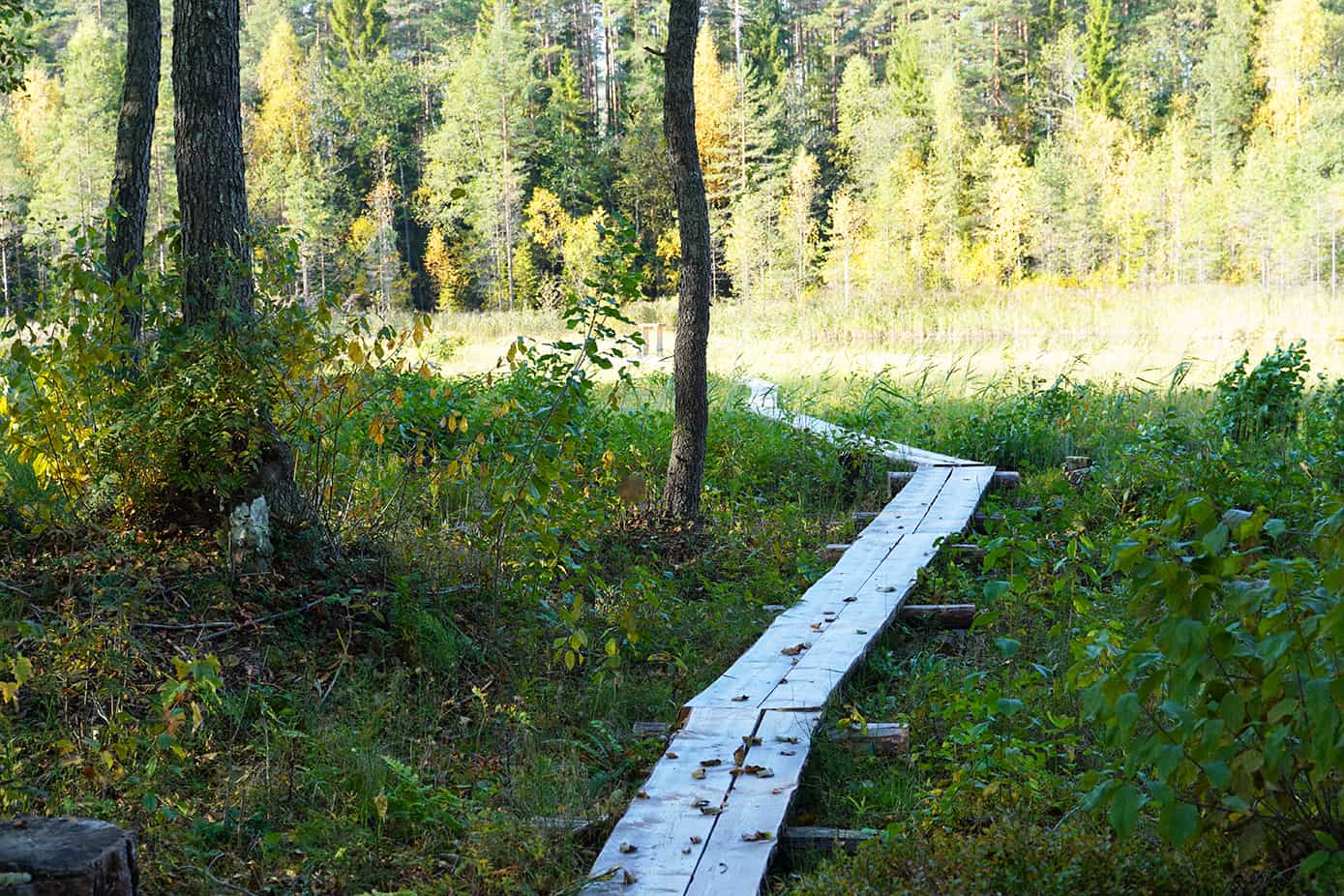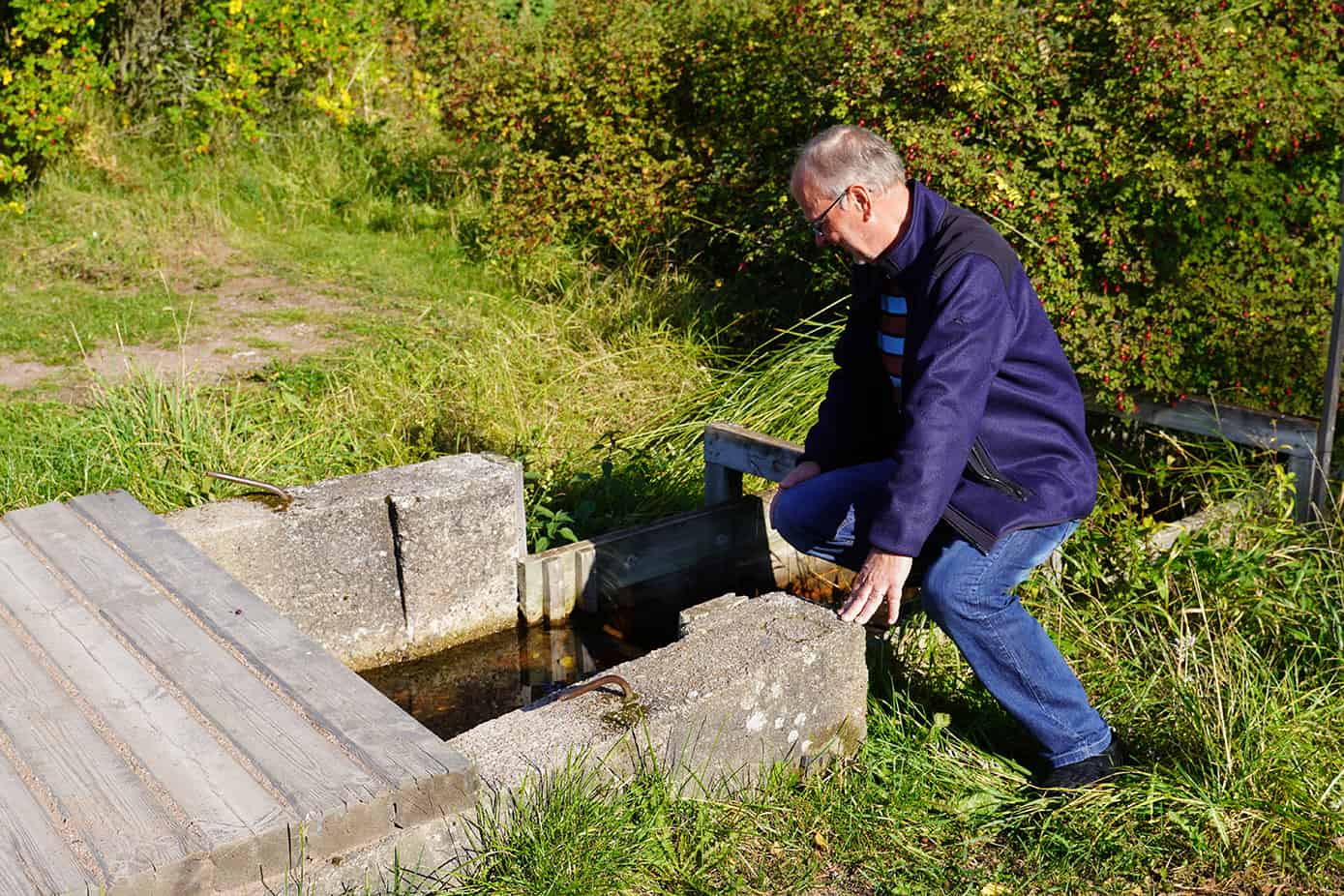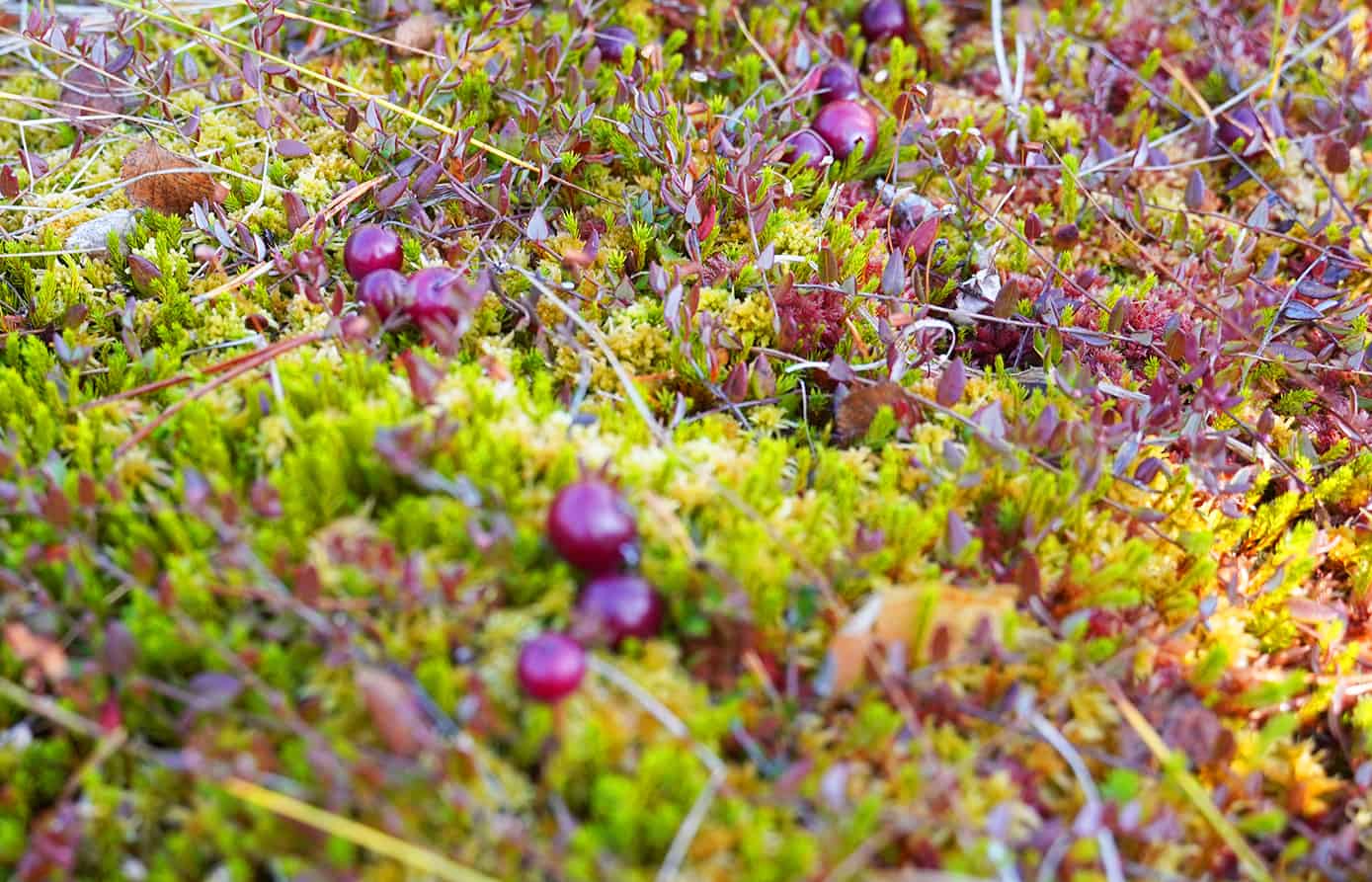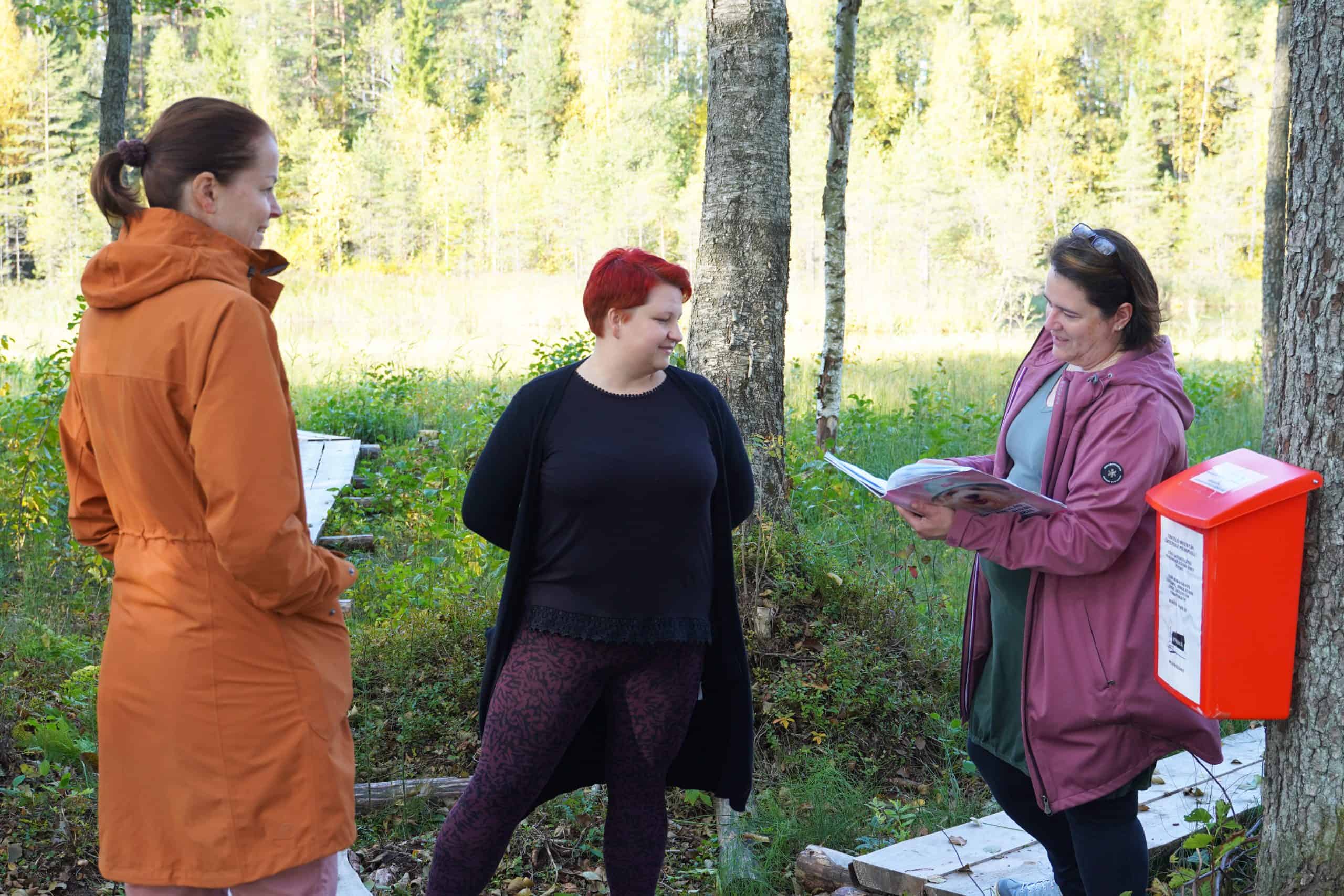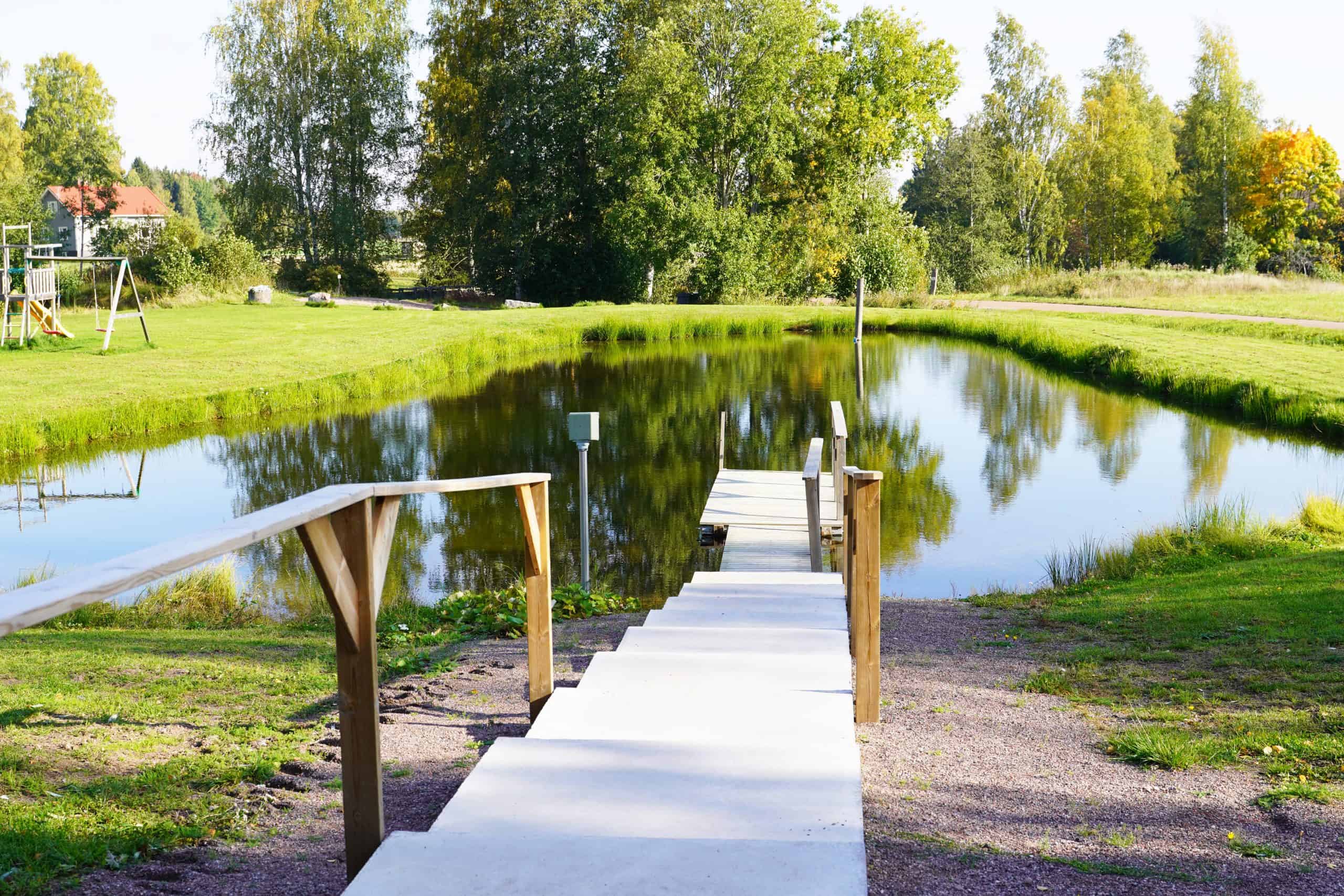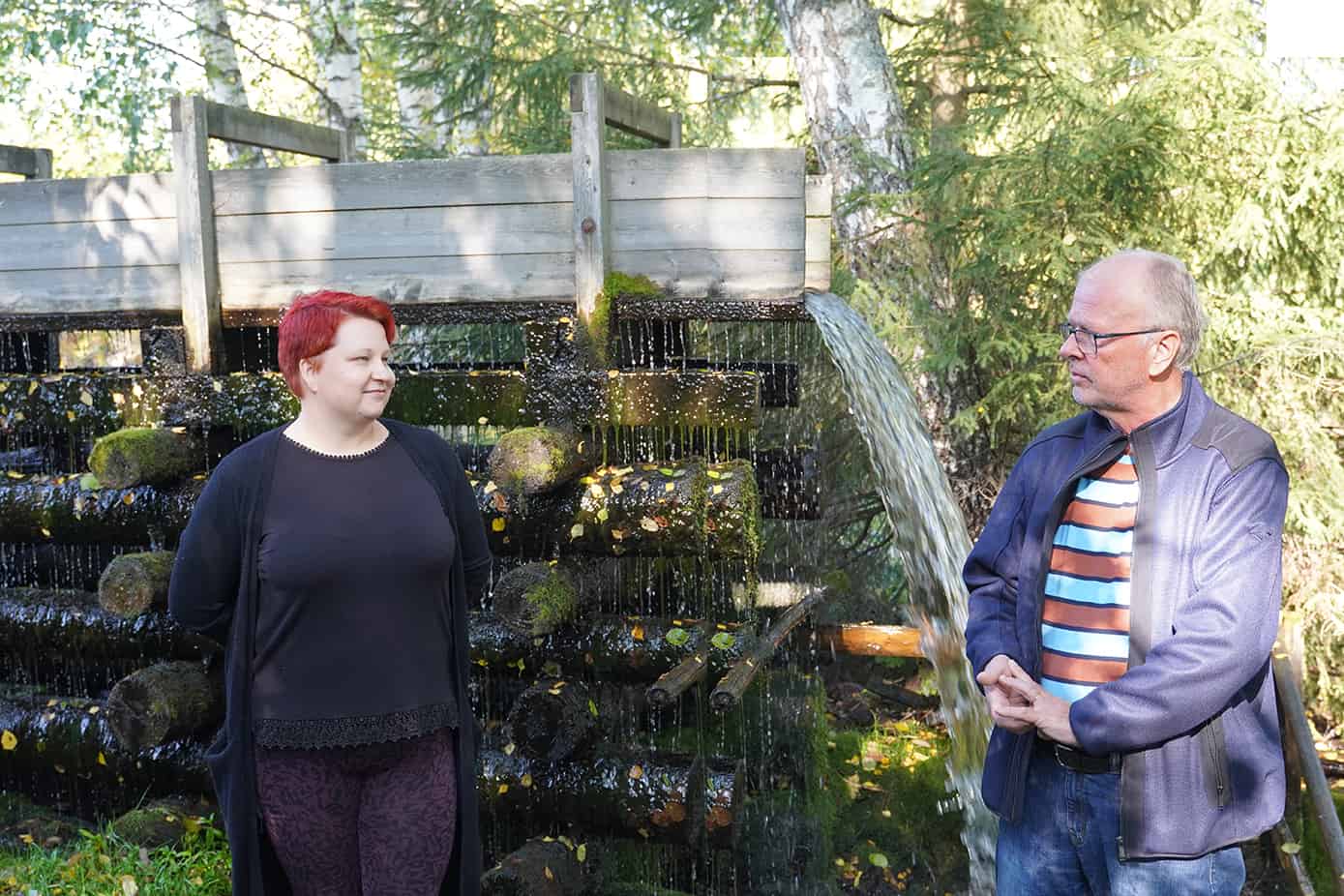In the beginning of VALMISTA NUOREN IDEASTA (A finished project from an idea by the young) project, 4–H employees involved thought that soon enough they would organise concerts and LAN parties, but something else came out. The project about to end now produced among others a cosplay event, a hobby horse camp, a Christmas shop, a cake course and a project where one could meet with young people with immigrant background.
The Leader project VALMISTA NUOREN IDEASTA in Loimaa and Härkätie area (Marttila, Koski Tl, Aura, Pöytyä and Tarvasjoki area in Lieto) comes to an end at the end of the year. The objective of the project, supported by the South West Riverside Partners’ Association, was to active youth in the countryside between the ages 13 and 28 to organise meaningful activities for themselves and others. The project succeeded beyond all expectations. There were altogether 165 youths organising events, 30 projects within which 52 events were arranged. The events reached 4,427 people.
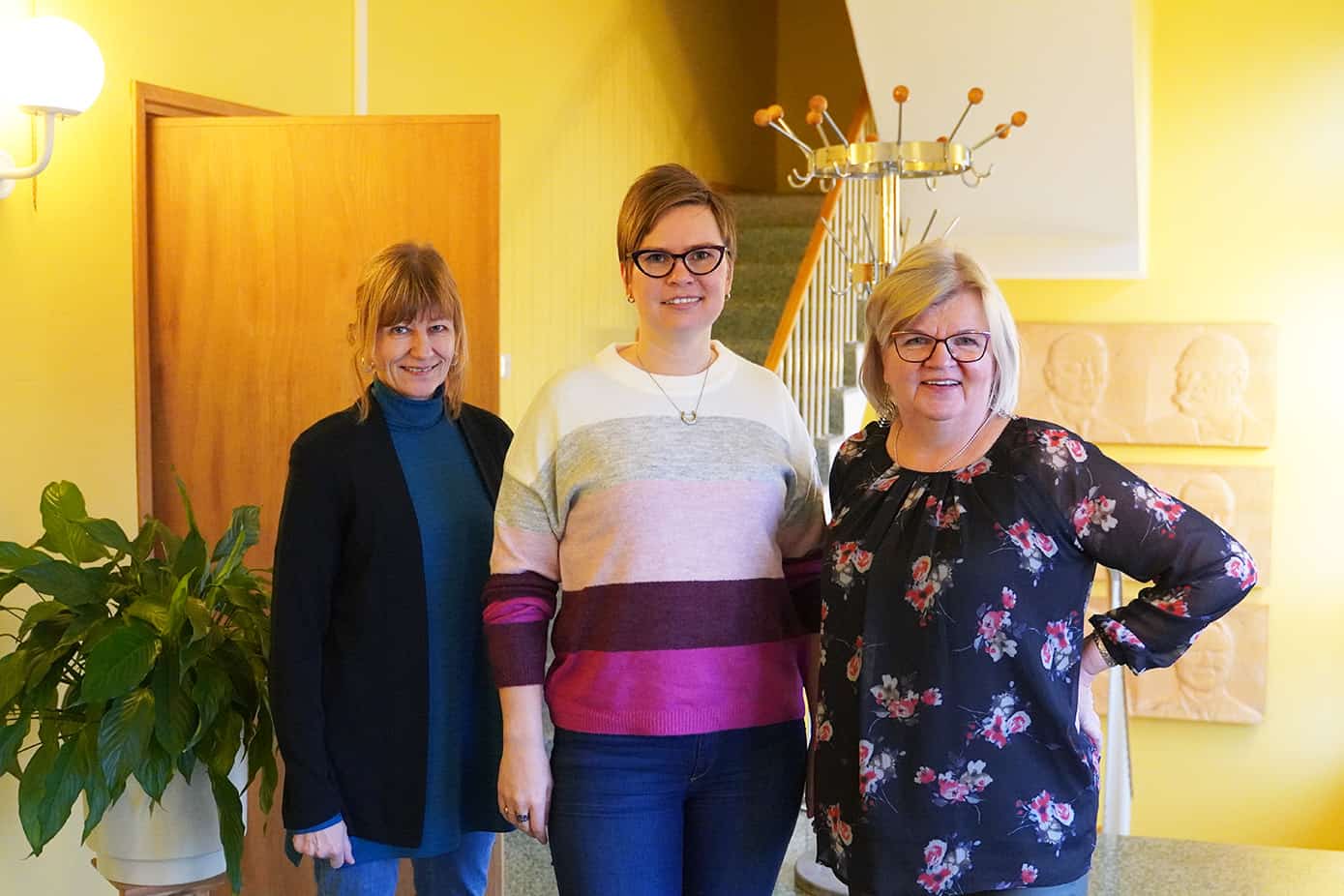
Tuovi Löytynoja from Härkätie 4–H club and Eeva Kattelus and Sari Palomäki-Raitala from Loimaa 4–H club are very pleased with the project. The young took action eagerly and finished their project surprisingly independently.
– For example, for the hobby horse camp in Kettulinna, all I had to do was to book the place and everything else was done by the youth. A group of a few young people led the camp during the two summers. Even though the project ends now, they have promised to arrange the camp next year too, Tuovi Löytynoja praises.
Project funds have covered the rents for various facilities and the instructor salaries, but in some cases the youth have done the financing themselves as well.
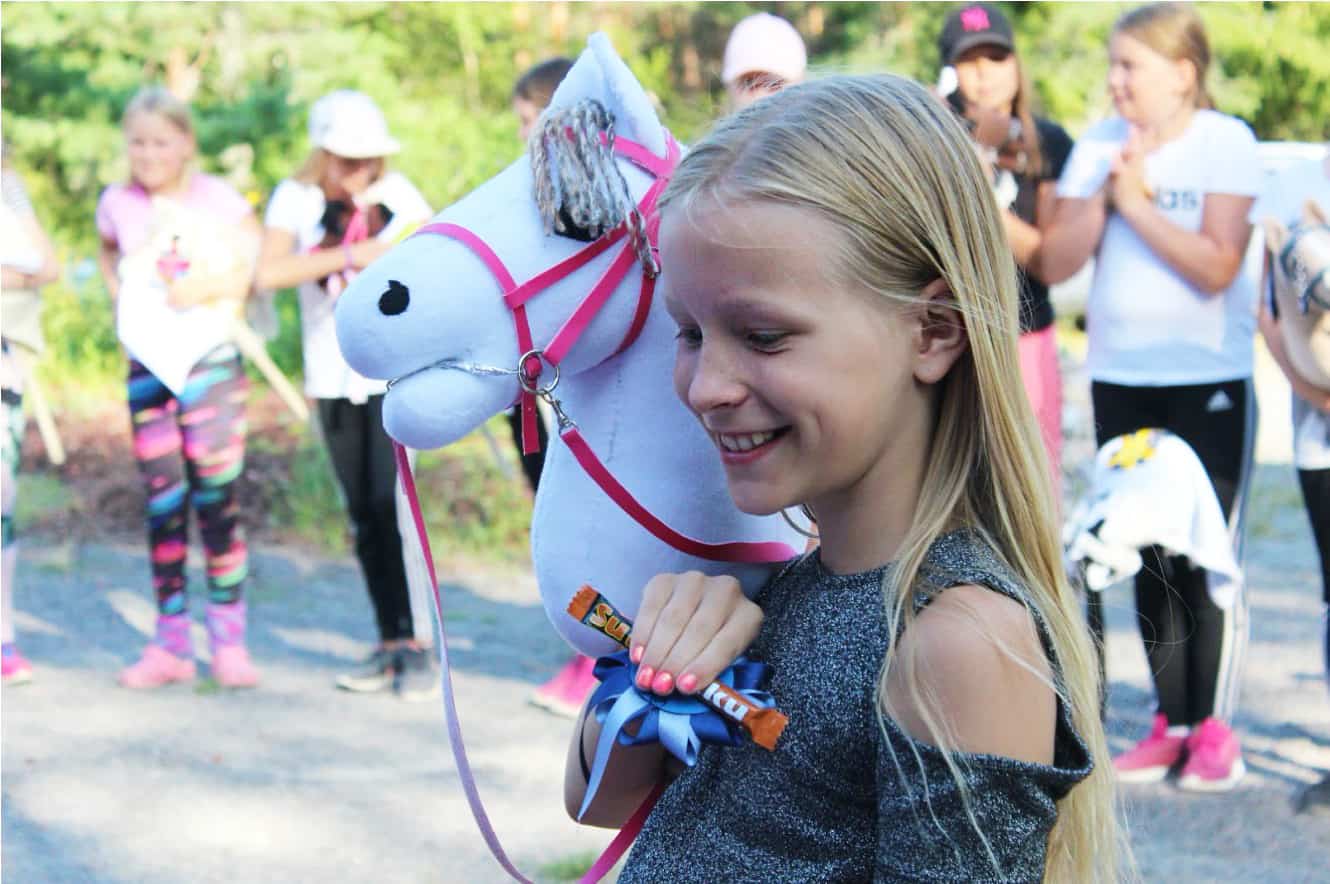
Call for people
In the Loimaa and Härkätie 4–H clubs, the members are mostly elementary school aged kids, because the continuous activities build on clubs and camps. Through the project a lot of people, also young people of age, joined the activities. For example, the event intended for immigrant background youth mostly activated young adults.
– That particular project involved a lot of Loimaa Evangelical Folk High School students, who live elsewhere during the weekends. Through the project they found meaningful activities and made new friends. We met many times and the programme for the event was designed according to the wishes of the young women involved. There were physical exercise and baking, among others. The Somali girls, for example, cannot go to the swimming pool during the normal opening hours, so we managed to book a private swimming time for them, says Sari Palomäki-Raitala.
Local youth didn’t participate in the extent we wished for, but Mellilä Marthas got excited about the project. Marthas taught the youth how to make Karelian pasties and themselves learnt how to make Turkish bread, for instance.
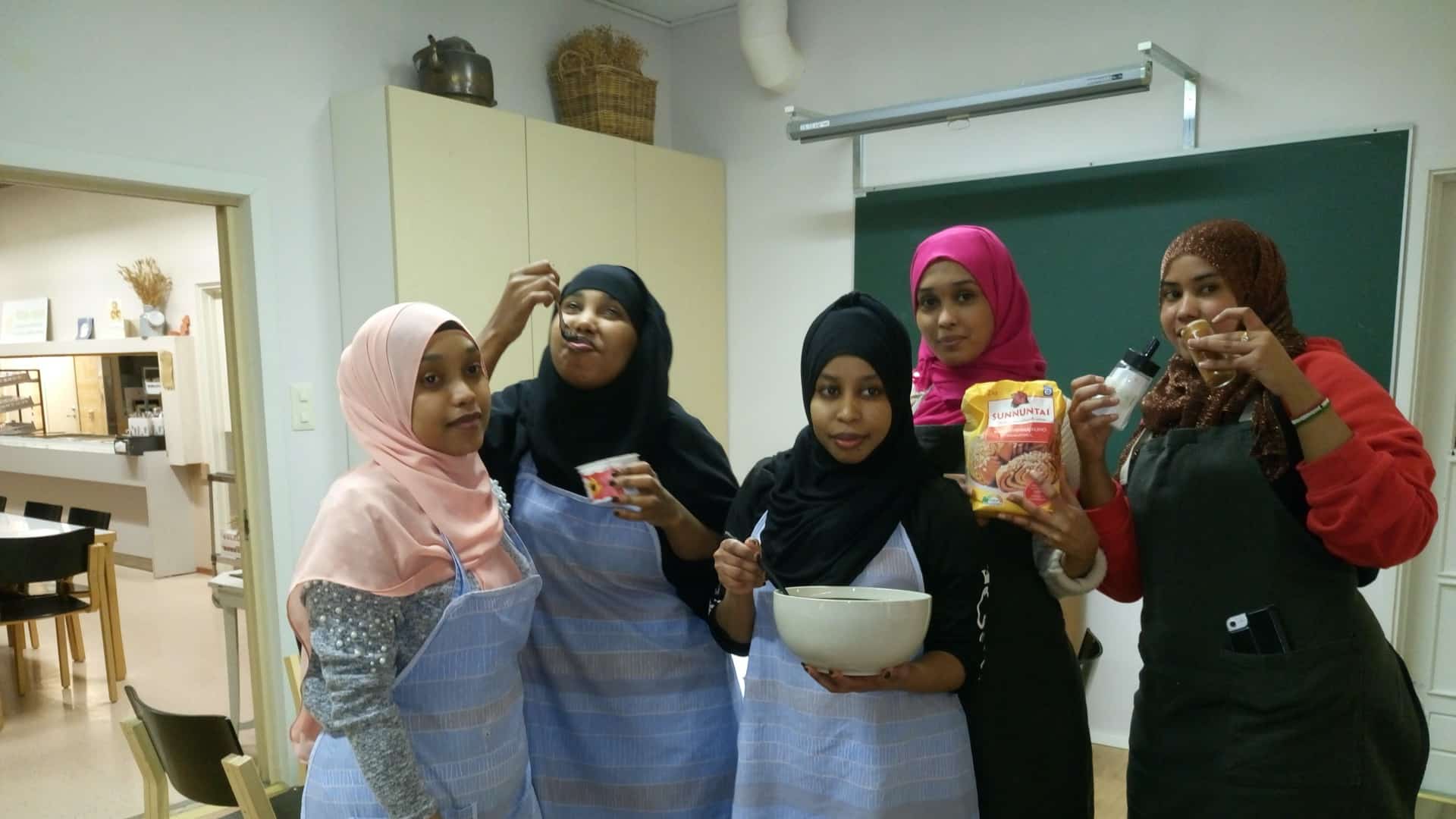
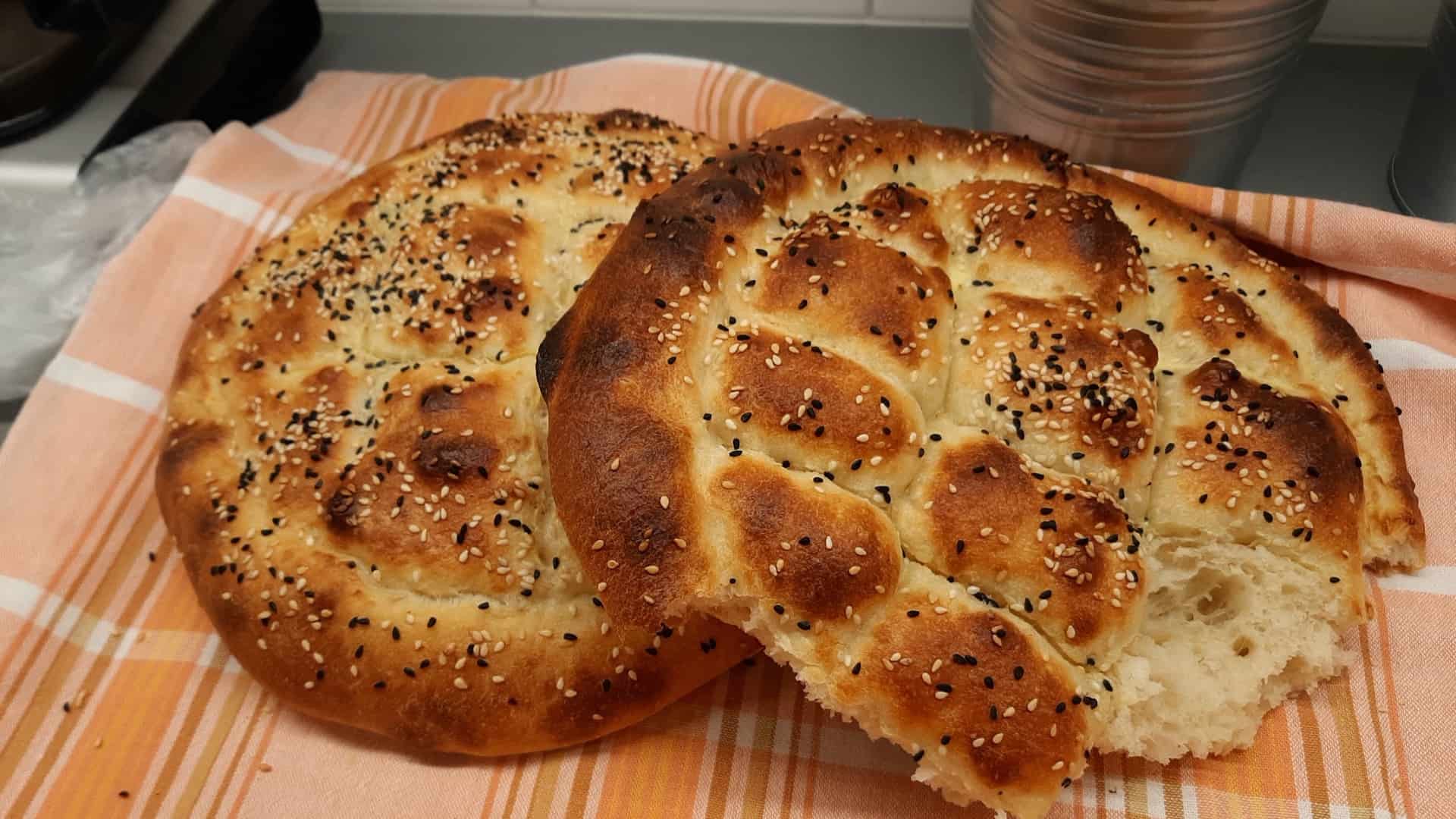
Eeva Kattelus gives another good example from Loimaa.
– A small group of young people arranged Loicon, i.e., Loimaa Cosplay event, which was visited by 50 people. It was such a wonderful event with so many fantastic costumes. Originally the cosplay kids were a little disheartened that their hobby was not really understood in the countryside, and they might have even been bullied in school because of their hobby, Kattelus explains.
The event cleared up prejudices and got people all excited about the Cosplay world. The word cosplay is a portmanteau of the words costume and play and is an activity in which the participants wear costumes to represent characters from e.g., comics, video games and anime. Many cosplayers make their own costumes and additionally do their own make up and act, because it’s not only costumes that make the character, but also the expressions and gestures.
– There was also a workshop to make the props, the costume accessories, and they also photographed the costumes. The arrangers got 1,000 € of Mahis funding and the whole event was very successful.
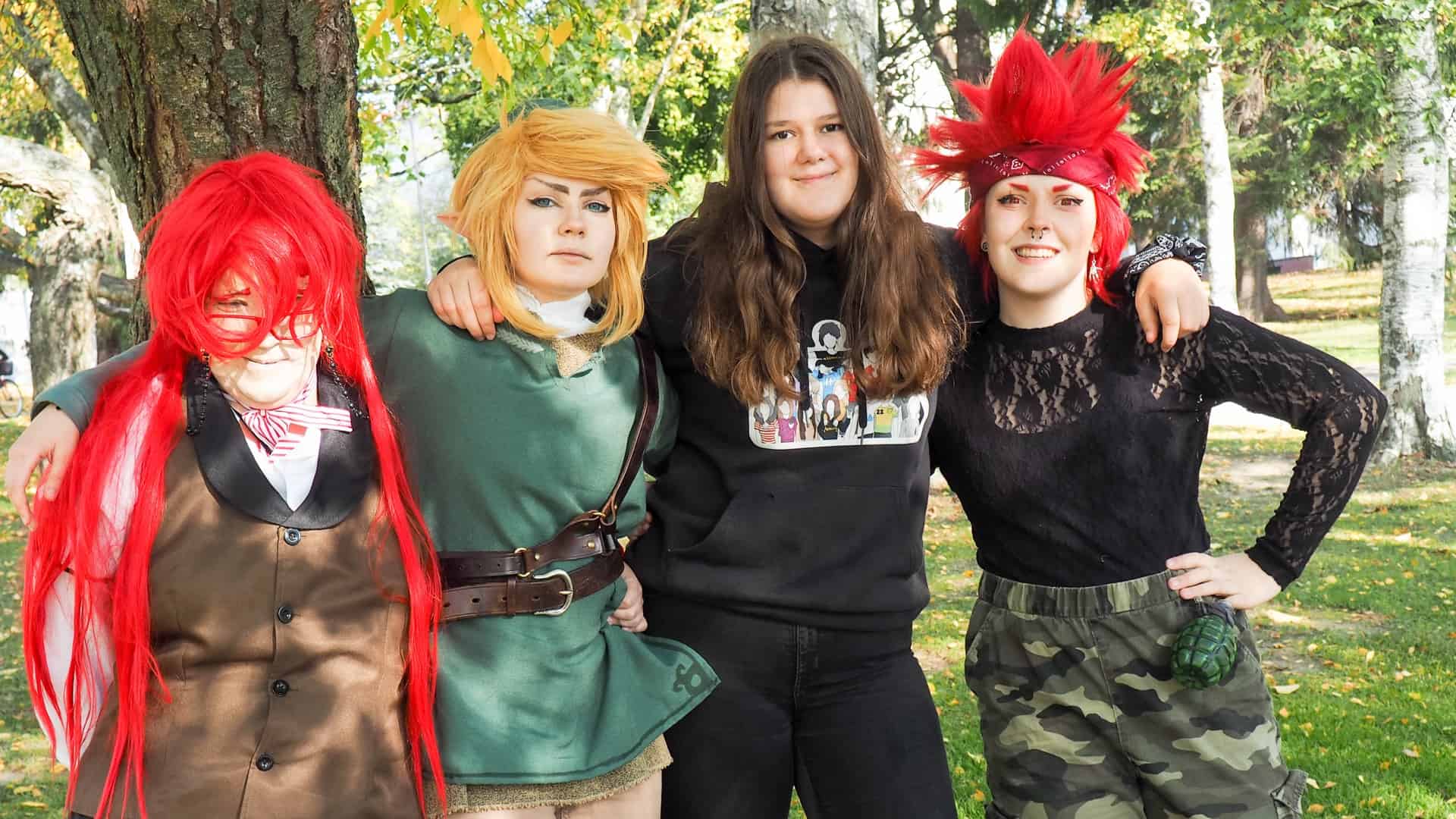
Entrepreneurship interests young people
Even the 4–H basic activities include employment activities directed to the youth and 4–H has a youth business model of their own. Also, in this project, the youth were able to create economically viable activities.
– A group of young people founded a marketplace café in Loimaa for the two project summers. And the same kids now have for the third year in a row a Christmas shop in Aura centre in Turuntie 3. They sell products from 22 producers and run a cafeteria. This project has become profitable for them and I’m sure they will continue after this project ends, TuoviLöytynoja says.
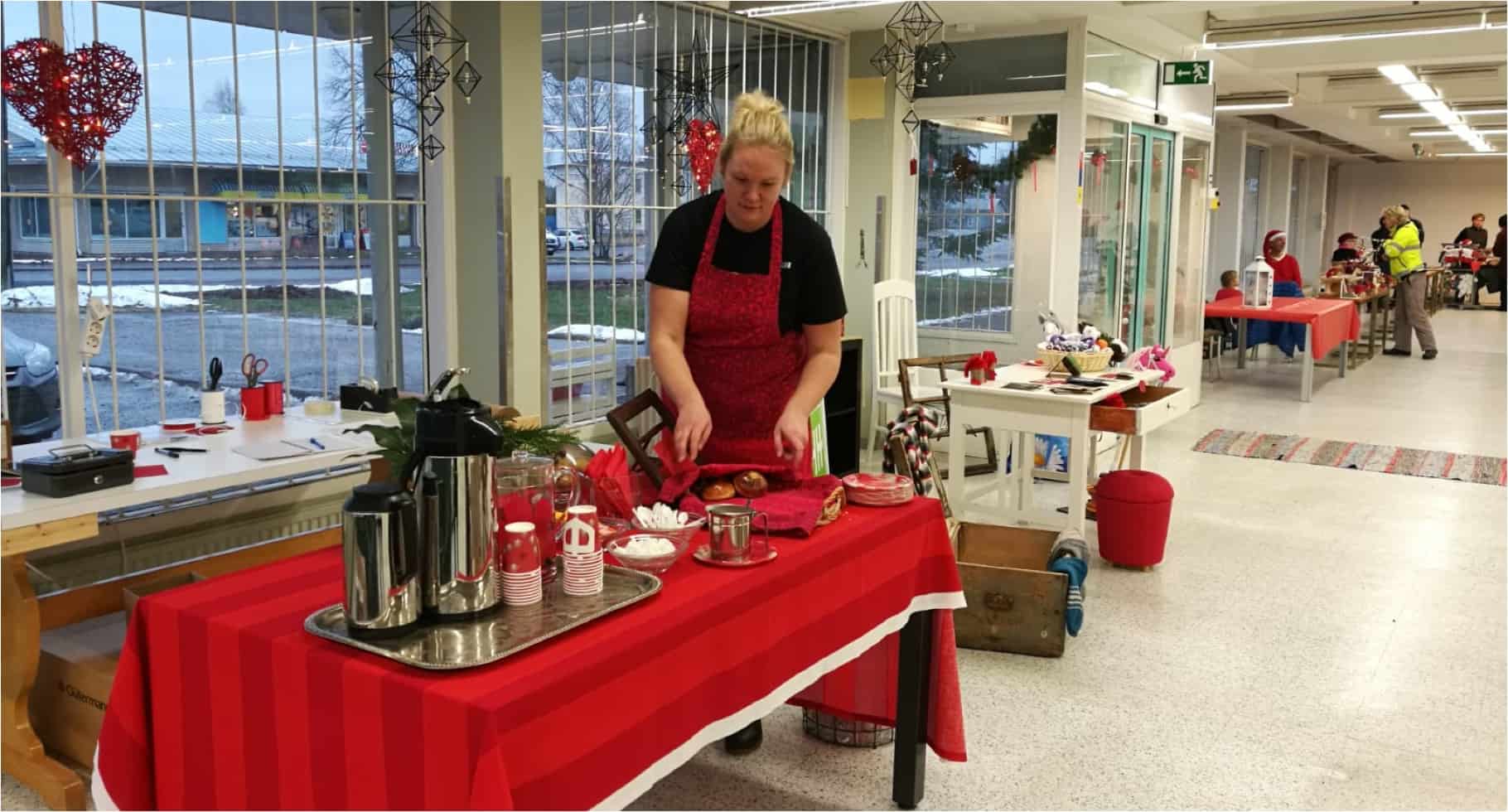
New emphasis through the projects
Loimaa and Härkätie 4–H clubs have carried out Leader projects before.
– Leader projects are good in the way that through them we have a chance to concentrate on one theme only for a while. Before this project we had NUORET DUUNIIN project which concentrated on creating employment possibilities, Löytynoja says.
The total expense for the VALMISTA NUOREN IDEASTA was 92,283.80 euros. The South West Riverside Partners’ Association covered public funding for 73,827.04 euros. Private funding covered 14,266.76 euros and voluntary work in the project was estimated to be 4,190 euros.
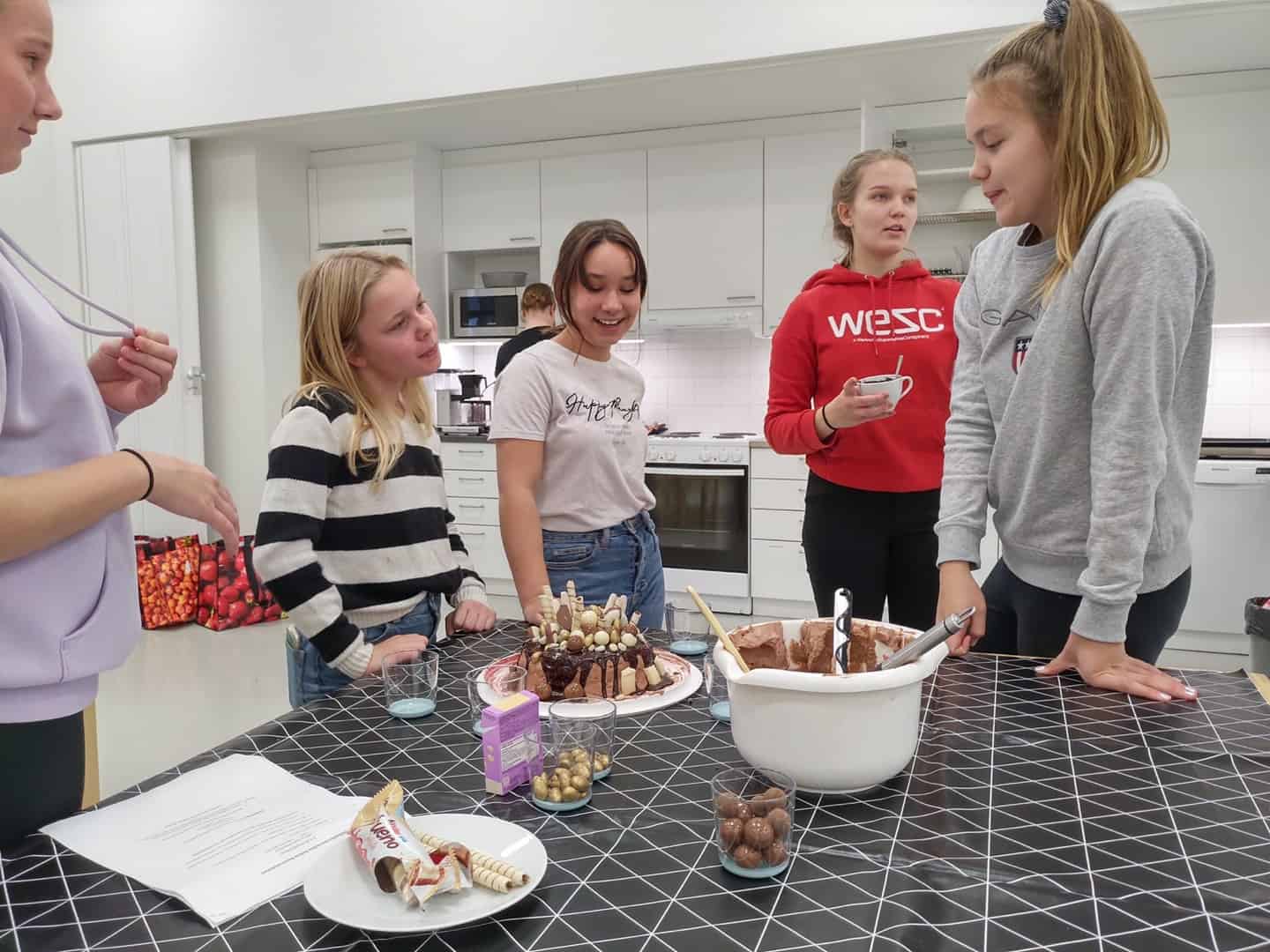
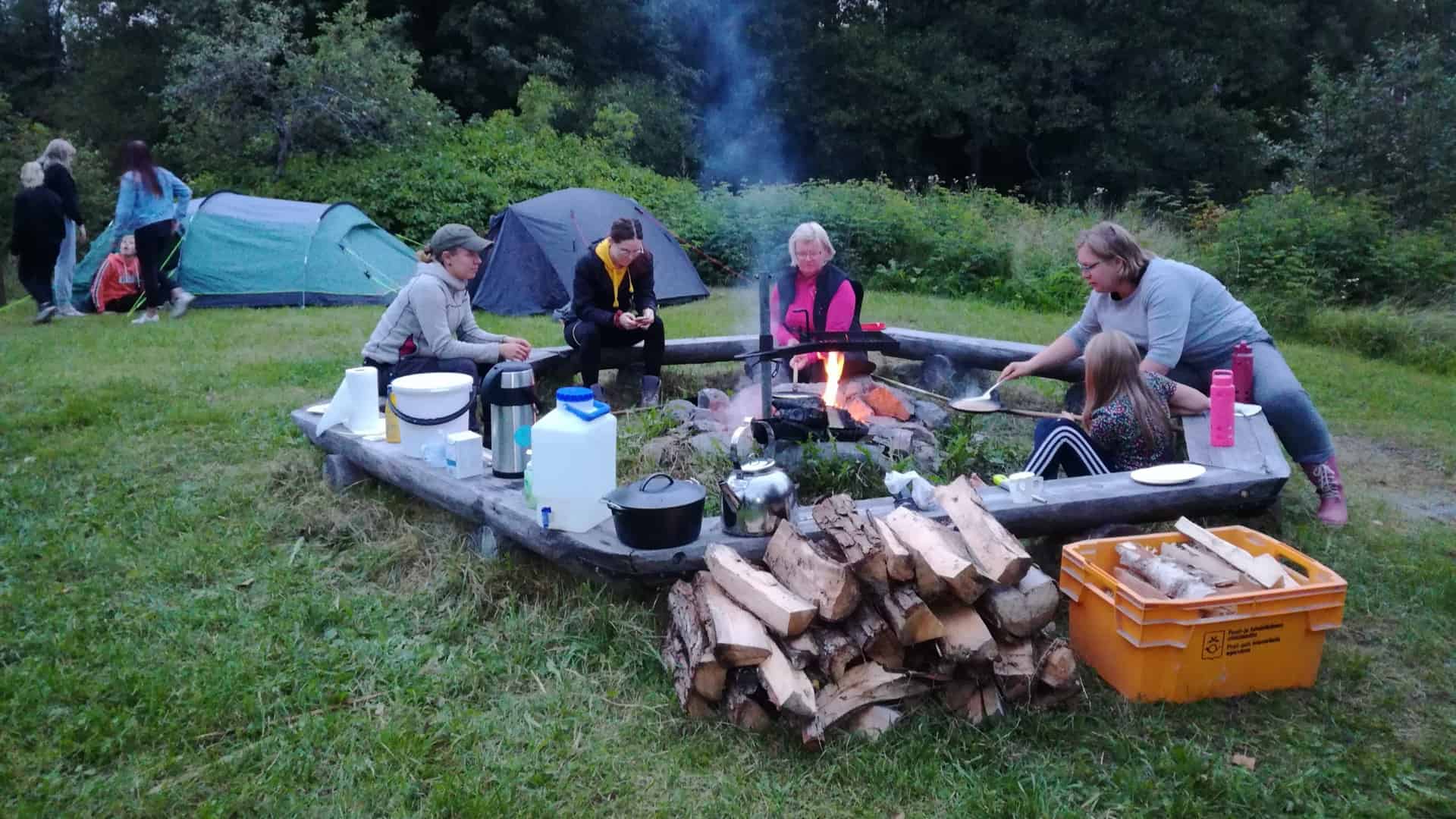
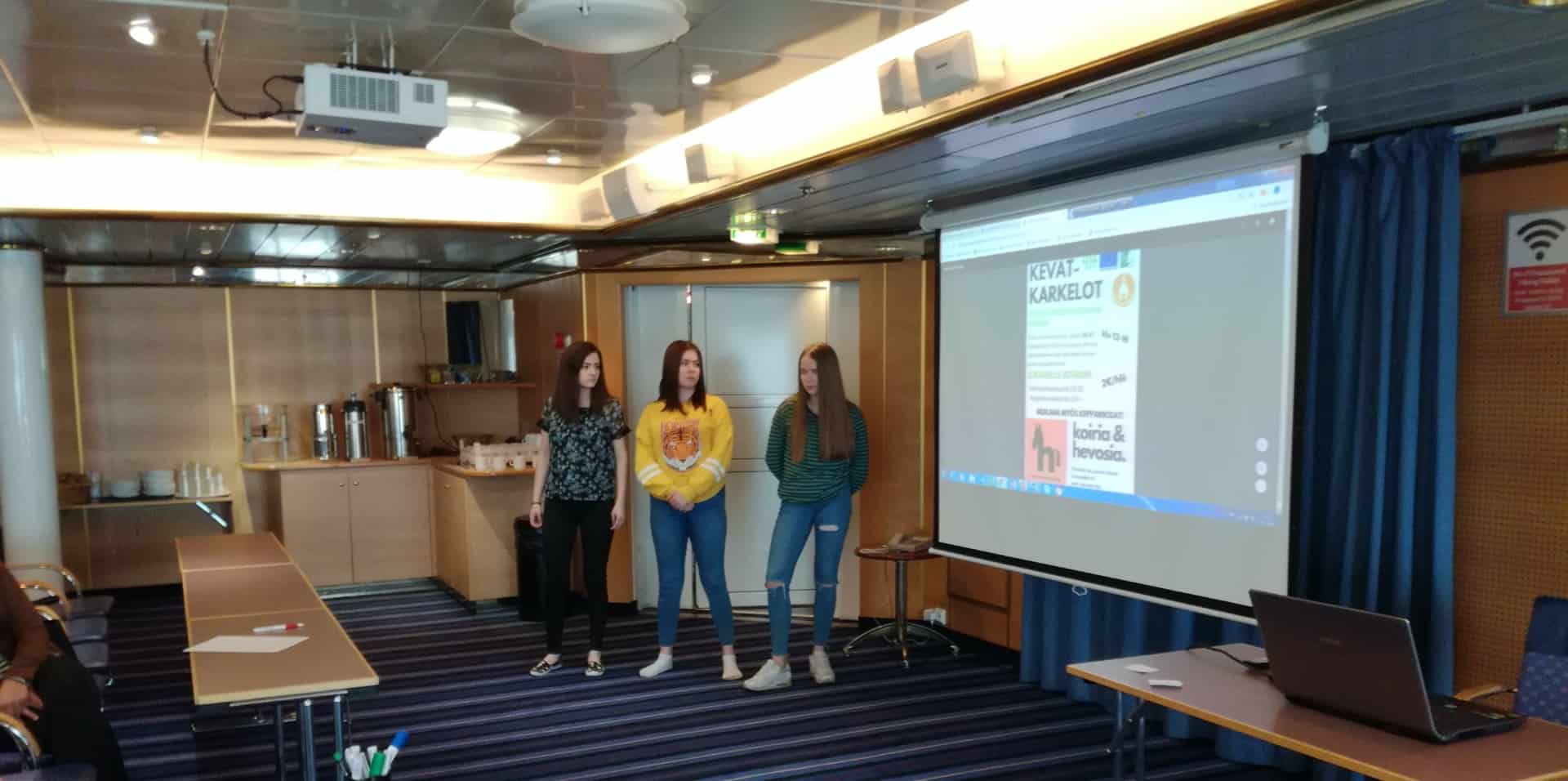
Text: Janica Vilen
Translation: Sirkku Viitanen-Vanamo

